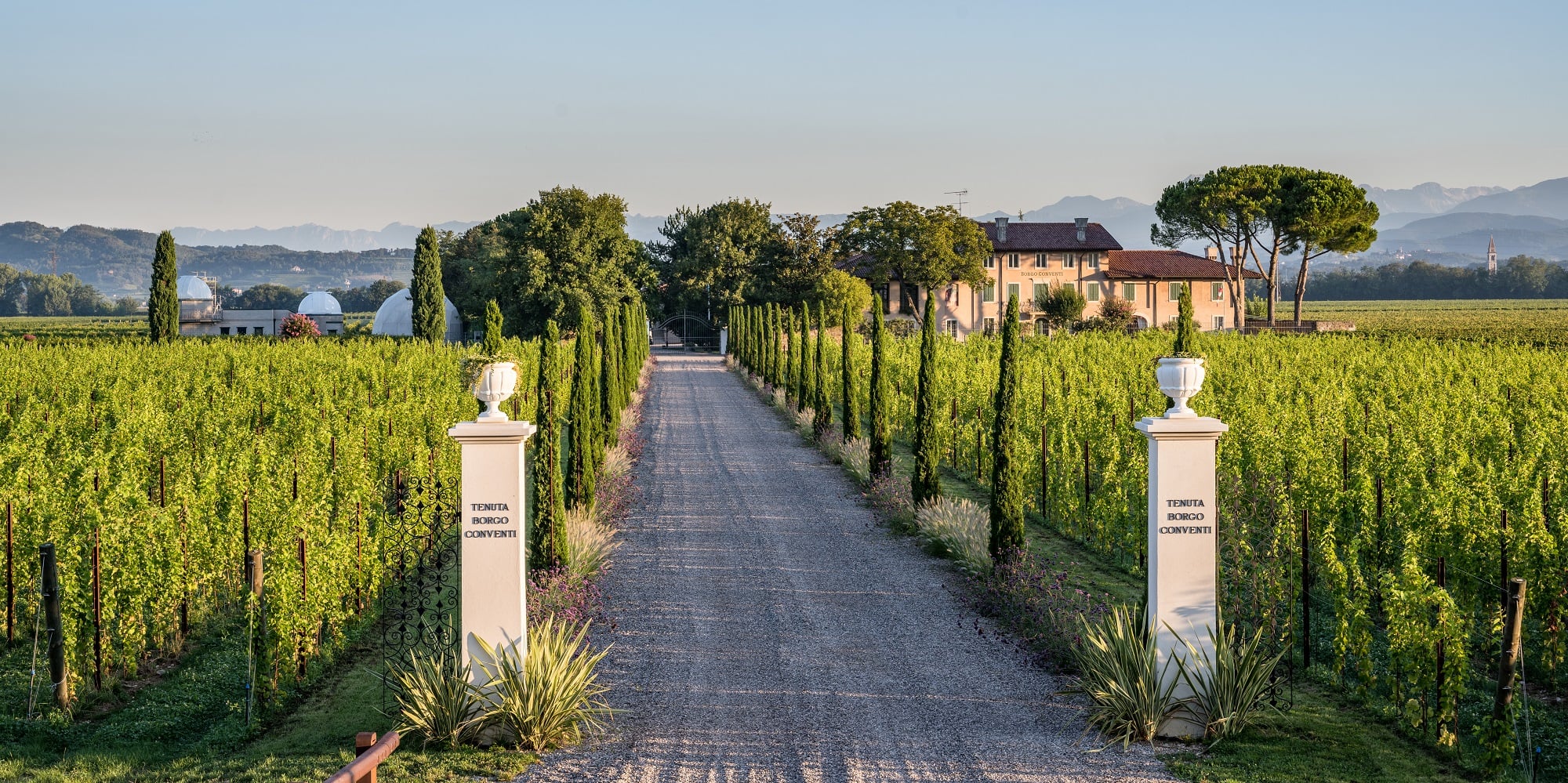With the harvest closed (at the end of November, in Sardinia, the last bunches destined for dessert wines were clipped) Assoeonologi provides the definitive data for this year: 52.6 million hectoliters, +24% compared to the 2017 harvest. The positive trend happens in every part of Italy. Lazio and Umbria are growing the most (+40%), but Veneto is the most productive region, which this year reaches 12.1 million hectoliters (+25% compared to 2017), thanks also to new plants in production.
The datain question is sourced with Mipaaft and no longer Istat (as in the estimates at the end of August), which photograph a vintage at 49 mln/hl. A difference of 3.6 mln/hl: not little. But beyond the divergence, one thing remains certain: the negative trend of last year is definitively closed and Italy is reconfirmed as the leading producer country.
This doesn't mean that this was an easy vintage: the weather pattern, characterized by rain, hail and humidity, has led to greater presence of fungal diseases, forcing vine growers to carry out many treatments to maintain the health of the grapes.
The result is wines with lower acidity than normal, typical of variable climatic conditions. As for white wines obtained from the first harvested grapes, there is a good aromatic picture and an interesting intensity.


 2025 was the year of Trump's tariffs – will 2026 be better for Italian wine in the US?
2025 was the year of Trump's tariffs – will 2026 be better for Italian wine in the US? Italian cuisine recognised by UNESCO
Italian cuisine recognised by UNESCO Where is English sparkling wine going?
Where is English sparkling wine going? Why Borgo Conventi's Luna di Ponca should be on your radar
Why Borgo Conventi's Luna di Ponca should be on your radar Why Parmigiano Reggiano is about to become a Hollywood star
Why Parmigiano Reggiano is about to become a Hollywood star





